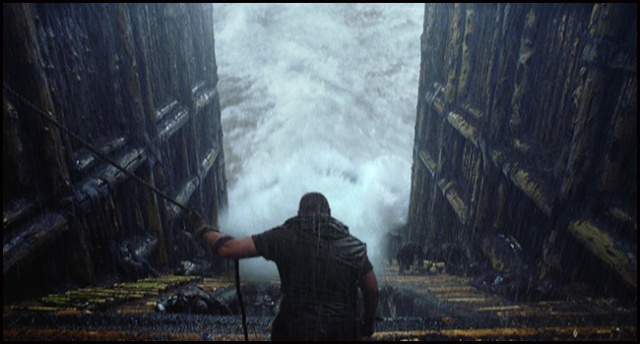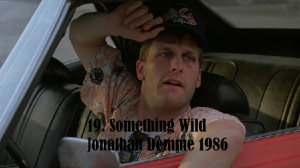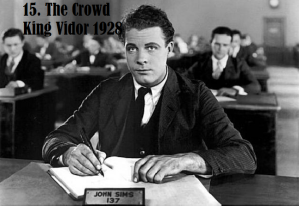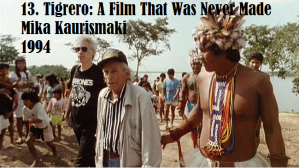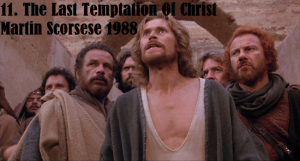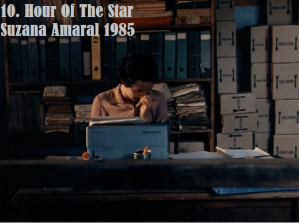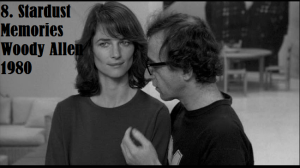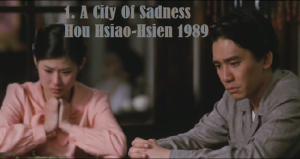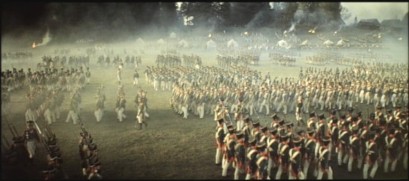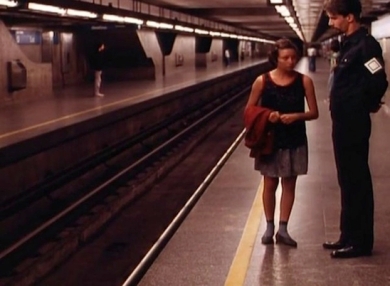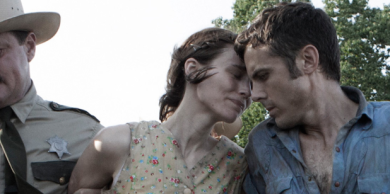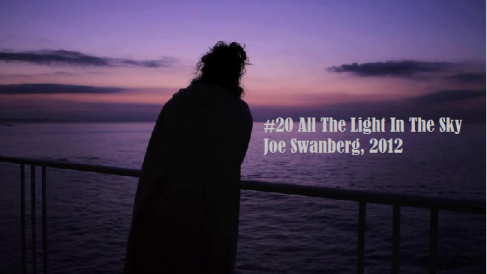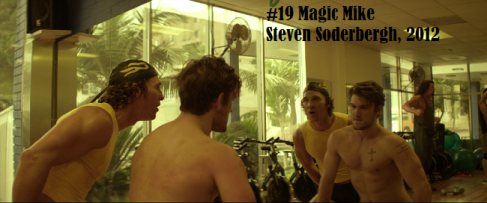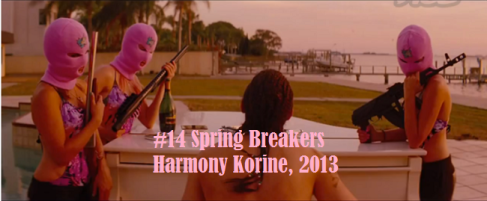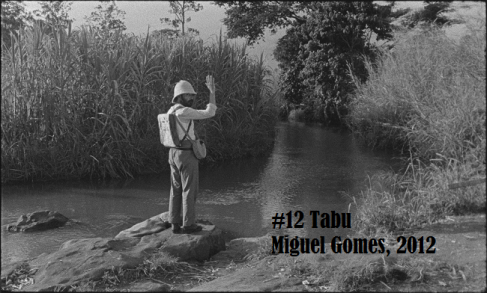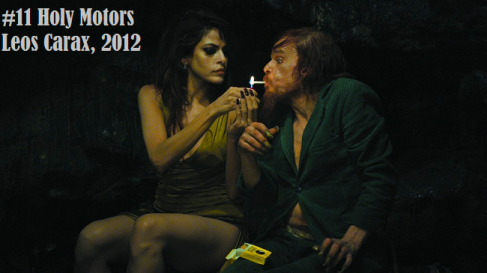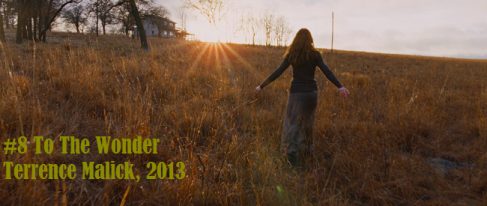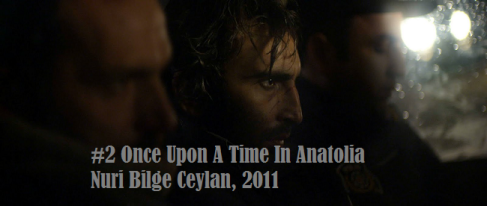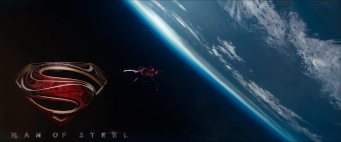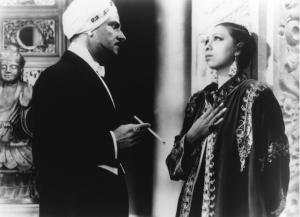We have once again come to the end of my favorite cultural event in Los Angeles, AFI Fest, and this year I decided to do quick write-ups on the films I saw. Even with a lineup missing many of my most anticipated festival films of the fall (Winter’s Sleep and Goodbye To Language may have been longshots, but I was genuinely stunned to discover that Hong Sang-Soo’s Hill Of Freedom didn’t make the program, especially after seeing Our Sunhi and In Another Country there the last two years), AFI once again presented an impressive group of films from around the world for free, and for that last fact I will always be grateful. Health problems forced me to miss some of my more anticipated screenings, including Lav Diaz’s From What Is Before; Mike Leigh’s Mr. Turner; Sarah Smith’s audience award-winner Midnight Swim; and a restoration of Cassavetes’ Love Streams, but even with a limited schedule, I managed to catch ten screenings, at least seven of which I’d recommend to others. Here I will rank them from worst-to-first, with a short write-up of each. These wound up being longer than expected, so I think I will split it into two entries, with the first five today and the rest sometime next week.
10. Goodnight Mommy (Dir. Veronika Franz & Severin Fiala, Austria)

The first of five European films featuring very bad things happening to children on this list (the closest thing I had to a central theme of my screenings this year) is also the runaway favorite for worst film of 2014. Produced by oft-controversial Austrian director Ulrich Seidl, this film continues the terrible trend of a post-Haneke Austrian arthouse cinema that has gleamed onto the style, tone, and brutality of the master’s films without giving a second’s consideration to the theoretical and highly academic ideas regarding violence and modernity that give Haneke’s work meaning and purpose. This has left us with a mess of unoriginal films that feel vaguely like Haneke on the surface but offer nothing else in return. Of course there are exceptions, like the excellent Revanche and Seidl’s work as a director (I don’t like his films, but they do at least show some original thought), but this is the worst possible extension of that trend.
Even if you ignore the context from which this film emerged, it wouldn’t change the fact that it’s just a dumb movie. Most of the tension, especially in the first half is based on a deeply stupid and painfully obvious twist that I was able to correctly guess in the opening minutes (seriously, it’s the second thing I wrote in my notes) and will give away now, because spoilers don’t matter and I genuinely do not want you to see this movie. The story follows two young brothers in a remote house who believe that their mother, a TV host, has been replaced by a stranger after undergoing extensive plastic surgery on her face. It is very clear from the opening minutes that one of the brothers is dead and the other is just imagining him, mostly because the film goes to such obvious pains to hide this fact that the final reveal was met with just one or two gasps in the full theater. Eventually the boys and their mother begin to engage in the types of psychological mind games that you see in every European “horror” film of this type. There’s a dead cat, a bunch of cockroaches are thrown in as a lazy “Metamorphosis” reference and some “shocking” slaps to the face until eventually the boys just tie up the mother and begin torturing her for the final thirty or forty minutes of the film. Just to be clear, I am not objecting to all of this because of the content, but because of the execution. The whole final sequence is heightened to such a ridiculous degree that the torture becomes laughably dumb instead of the genuinely disturbing sequence the filmmakers intended. In the end, I guess this is just what I get for seeing a movie that opens with a scene from Sound Of Music (or some similar-looking German film, I’ve never actually seen Sound Of Music) before cutting to “Eine produktion von Ulrich Seidl.”
9. A Most Violent Year (Dir. J.C. Chandor, USA)
Many things at this year’s festival seemed a bit odd, but nothing shocked me more than the loud praise for J.C. Chandor’s lifeless amalgamation of crime films past. It shares surface elements with great movies like The Godfather or James Gray’s The Yards, but the problem is that there’s nothing beyond the surface in A Most Violent Year. This is a film of wasted potential, from the great actors in boring roles to the many conceivably interesting plotlines that are introduced and never seen again.
Set in New York in 1981, Oscar Isaac leads an exceptional, and mostly wasted, cast as Abel Morales, a relative newcomer in the previously mostly white and currently very corrupt world of heating oil sales, who wants to succeed with relative honor. In this world, honor mostly means not hijacking your competitors, something that’s happening to Abel’s guys with increased regularity. Jessica Chastain portrays his wife, the daughter of a Brooklyn mobster, who plays the devil on Abel’s shoulder, encouraging him to arm his drivers and steal from the office as his world seems to crumble around him. Through a Job-like series of events, Abel eventually has to choose between his honor and the American dream. Again, there are some interesting ideas here, but they’re just stated, not delved into with any depth.
Isaac gives it his all, but in truth Abel just isn’t that interesting of a character. His entire moral dilemma comes down drawing a line between ripping off poor customers and wealthy competitors. There’s a far more interesting movie in here that’s just about Chastain, who, as per usual, steals all of her far-too-brief screentime as a whirling ball of anger and energy. The film looks nice, but it mostly just borrows the basic style of James Gray’s first few films and switches up the color palate, so it was hard for me to be really impressed with anything they did. I really do think there was a good film in here somewhere, but it’s just not the one that made it to the screen.
8. Eden (Dir. Mia Hansen-Love, France)
With a week of hindsight, I’m still not totally sure of my opinion of Mia Hansen-Love’s house music odyssey. The two films before it on this list are terrible, and all the films after it are at least OK, but I have no idea where exactly on that spectrum this film lies. This over-stuffed movie features about forty minutes of borderline-transcendent beauty surrounded by one hundred minutes of painfully dull mediocrity, and I’m just not sure how to reconcile the two.
Loosely based on the life of the director’s brother, the film follows Paul, a French House DJ, from the movement’s nascent beginnings in the early 90s through its global popularity today. Paul and his crew have talent, but whether through the wrong attitude or tastes that change faster than they can keep up with, Paul never quite makes it to the top. In essence, Paul is to Daft Punk as Llewyn Davis was to Bob Dylan or Monty Python’s Brian was to Jesus, a peripheral figure in the life of a great, held back from immortality by nothing more than circumstance or minor personal failings. Daft Punk allowed their music to be used in the film for cheap and even appear as minor characters (even if it’s just actors playing them, it is still oddly unsettling to see their faces without the helmets), offering the occasional glimpse of what could have been for Paul. As his friends move on and his lovers leave, Paul eventually has to face up with his failure, but of course this is handled in the most rote way imaginable.
I’ll admit, I’m a sucker for a good nightclub scene in a film. As much as I hate going in real life, the music and lighting almost always makes for an aesthetically pleasing sequence, and it is in the club scenes that Eden really comes to life. Hanson-Love does an excellent job of capturing the energy and motion inherent to such a setting while also doing an admirable job of showing character and advancing plot with the minimal dialogue allowed by the music. Unfortunately, the film completely dies as soon as the music stops. It becomes an endless cycle of Paul arguing with the same few women, borrowing money from his mother and doing piles and piles of coke, which is fine the first time around, but quickly slips into monotony. There are moments of fragmented and scattered editing, presumably meant to evoke the Ecstasy-addled memories of those who lived through the movement, but these aren’t enough to break through the utter dullness of their surroundings.
7. Violet (Dir. Bas Devos, Belgium)

We open with security camera footage of two teens in a mall. It looks nice, but we have no way of knowing where it is. They walk out of frame and the camera slowly pulls back to reveal a security council, with the sleeping guard reflected in one of the screens. The mall is pretty empty, so we see the teens walk in front of us a few times before they settle in one spot. The guard gets up and leaves right before one of the teens gets into a confrontation with some older guys and falls down as the other looks on in terror. It’s all one take with no sound. If you were thinking that this sounds like the opening of a Haneke film, you’d probably be right, but this is actually the first shot of Bas Devos’ impressive debut film, Violet.
Given how much time I spent complaining about the possible negative influence of Haneke above, it may be surprising to see me offer so much praise to a shot that’s so clearly influenced by the openings of Haneke’s two best films, Benny’s Video and Cache, but I’ll be damned if it isn’t a memorable way to start a career. The rest of the film may not live up to this moment, but I think any genuinely great scene in a debut film is something worth discussing.
The boy who fell was named Jonas, and he was stabbed. The friend who survived is Jesse, and he is our protagonist. The film follows Jesse in the months after the incident and invites us to share in his grief. This isn’t misery porn, but it does a successful job of showing the impact of a trauma on a specific person. Beautifully shot in an intimate style, we follow Jesse as he hangs out with his fellow BMX bikers, some of whom seem to blame him for Jonas’ death and as he spends time with his parents and Jonas’s family. The questions of who committed the murder or why it really happened are never really considered, and while the murderers are eventually caught, it’s a fleeting moment and we never even learn their names, because the survivor’s grief is the main point here, the details are mostly extraneous. I like this approach, especially for a film that comes in just 85 minutes, but at times it is too narrow a focus, and I think the film is at its best when it spreads the net a bit wider and shows some normalcy along with grief. Aside from the beginning, my favorite scene is a long shot of workers cleaning up what’s left of the memorial for Jonas in the mall a few weeks after the incident. We never see the full memorial, just the puddle of rotting flowers and soaked teddy bears, and once it’s clean no sign of what happened remains. There’s just an empty space and immeasurable grief.
6. The Iron Ministry (Dir. J.P. Sniadecki USA/China)

Not technically affiliated with, but still closely connected to, the same Harvard ethnography program that has given us Leviathan and Manakamana, J.P. Sniadecki’s fascinating documentary is a full sensory plunge into China’s massive rail system. Shot over three years but edited to look like one journey, the film captures the chaotic sights and sounds of one the world’s largest transportation systems. Opening with two minutes of a black screen over engine sounds, we are soon quickly plunged into the world of the train. Unhindered by the search for a narrative structure, Sniadecki simply finds moments along the journey, from a butcher selling his wares to a young kid mocking American foreign policy in front of a delighted crowd.
While this kind of film doesn’t need a narrative point of focus, I do think it could have used a stronger thematic center. I know the main goal is to show this aspect of Chinese life, but to what end? So many different subject are covered, albeit all in a very interesting fashion, that it becomes hard to see how they all connect together in anything but the most obvious ways. One of the most interesting scenes in the film is an extended conversation between some young men who are ethnically Chinese and a couple of Muslims from western China as they have a smoke break. From their mostly positive, if not a bit insensitive, reactions, you can see the slow progress of multiculturalism at work, but there’s nothing else in the film to connect this with. Each moment is often so beautiful and engaging that I never minded while watching, but I’m having trouble writing anything particularly coherent about this one without a stronger central idea. And maybe that’s intentional, after all it is a completely sensory experience and words may not do it proper justice. To say the least, it is by far the best of this year’s films set entirely on a train.
Thanks for reading, I’ll try to get part two out as soon as I can


